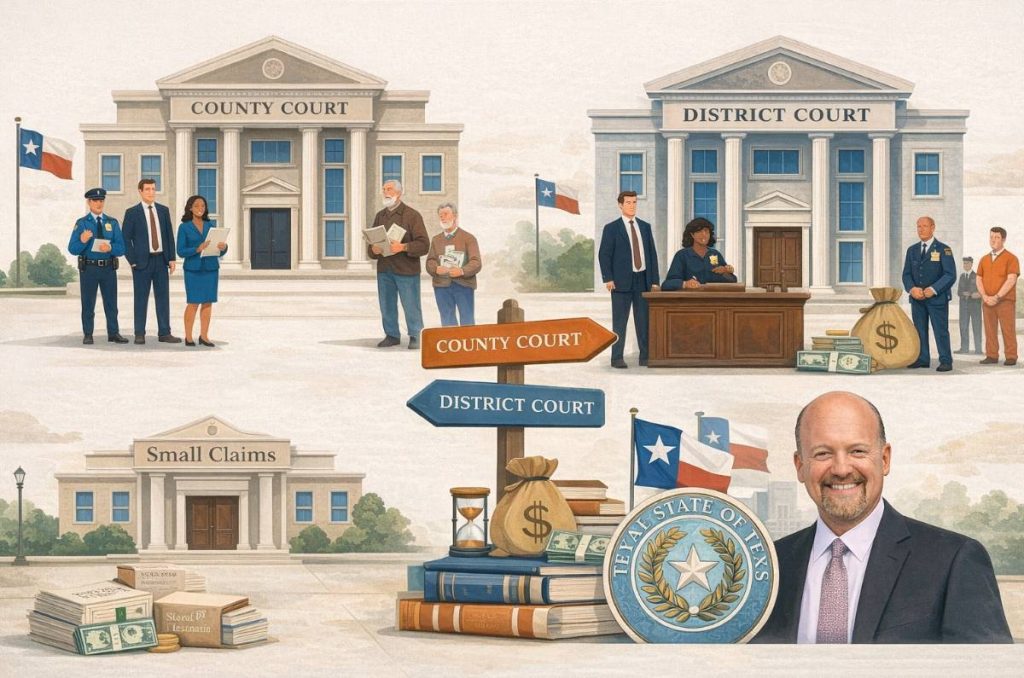It is said that the digital era is one where visual arts are advancing more rapidly than ever before. Improvements in technology allow filmmakers and artists to create some truly masterful content that continues to impress.
It is no wonder that visual storytelling is now more prevalent than ever. We can see it everywhere from film to comic books, and so much more. Even advertisers and marketing managers are taking inspiration from art believe it or not.
There is a lot that we can learn from the evolution of visual storytelling. That is why we are going to examine the different ways in which it has impacted brands and the customers that they are trying to attract.
Visual Storytelling in Gaming
Games are primed for visual storytelling. The interactive model that they are built on are an excellent way to get the player involved and interested in the plot. Indeed, most of the original platformers that hit the Nintendo Entertainment System relied entirely on visuals to tell a story. The best example would be the Super Mario Bros.
The game shows precisely what is taking place through visuals and animation rather than telling the player the backstory through text. Games today are a lot more complex and so feature narrative storytelling a lot more. However, the visual approach to storytelling remains popular even now.
A modern example of visual storytelling in games would have to be the titles published by FromSoftware. The Dark Souls trilogy is notorious for its refusal to share any bit of lore about the world through the narrative.
Players must observe the monsters they are fighting and collect special items that tell the story of the world. It is a fascinating example of how visuals can help to enhance the experience when playing a really great game.
Visual storytelling is quite prevalent in modern iGaming as well. Many don’t associate the fast-paced slot games found at online casino real money platforms with any sort of narrative. However, game designers have found that visual elements help to drive up engagement and truly grip the player.
That is why slot games now feature some sort of an aesthetic theme that might even conjure a narrative in the players’ minds. It is a great way to make sure that the gamers stay invested in the game, even when there isn’t much of a story being told.
Visual Storytelling in Advertisement
We live in an era of advertisement. Ads are a daily part of our lives. We see them when browsing the web or when surfing TV channels. Product placement is everywhere in film and television as well. Marketing experts are discussing the merits of strategic vs. tactical approaches to their profession.
It is no wonder then that many are also exploring the possibilities of combining visual storytelling with marketing and advertisements. So, what would set apart traditional advertisement from visual storytelling ads?
The traditional approach puts the product first and foremost. These types of ads might share info that the customer needs to know regarding how the product works and why it excels above other competitors.
Traditional ads almost always use straightforward language to get the point across and get people interested. Marketing analytics have found that this method is no nearly as effective as the more recent approach to advertisement.
Visual storytelling ads invite the customer to make up their own mind about the product. They weave a sort of narrative that still gets the point of the product across. They do this through visual ques and a focus on story rather than doing so directly.
Some may be baffled by this trend. However, the data analytics have shown that this approach works quite effectively. Customers are much more likely to remember the product if they’ve been impressed by the advertisement for it in some way.
Why Visual Storytelling is Important?
A question we often ask is why visual storytelling is such an important aspect of our culture? Many see it as only an emphasis on aesthetics. However, it is about more than just an appeal to aesthetics. The goal of visual storytellers is to create a sort of emotional resonance with the audience.
The people behind the new phenomenon do their best to create emotionally-engaging narratives that even the most unobservant customers are going to be able to pick up on. The goal is to appeal to the most amount of people after all.
Visual artists will often be tasked to select the right blend of colors for the narrative that is being told. They must also consider the story they are trying to convey. It wouldn’t do to tell a story about melancholy using punchy and eye-gouging colors like pink or bright yellow for example.
The visual elements are meant to capture the customer’s attention and make them emotionally invested in the product as soon as possible. Visual artists and storytellers have done a fantastic job of doing just that.
Visual Storytelling in the Future

The digital age has brought about a revolution in the realm of visual storytelling. Part of the reason is that new tech makes it easier to achieve some of the effects that visual artists want.
The other reason is that people are becoming more aware of certain artistic approaches to narrative, and therefore want to see them represented in the media that they consume. That leaves us with a very simple question; what is the future of visual storytelling?
We can’t really say what the future holds. We can certainly guarantee that visual storytelling will continue to be an important staple in media. Independent filmmakers are taking inspiration from the silent films that started the Hollywood scene as we know it.
The incredible success of Robert Eggers’ Nosferatu is proof of concept. The film might have told the story of Dracula well. But it was the visual style and storytelling of the director that truly elevated it to a modern horror classic.





